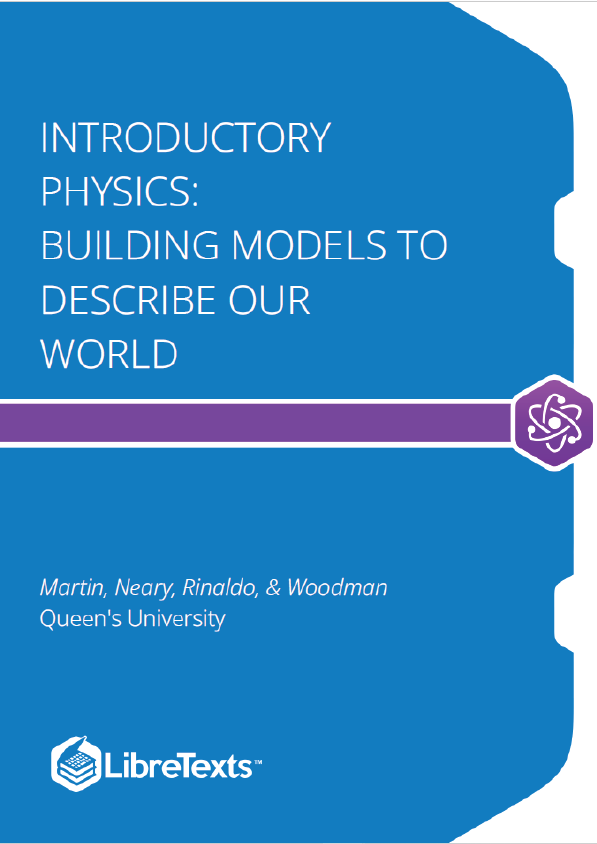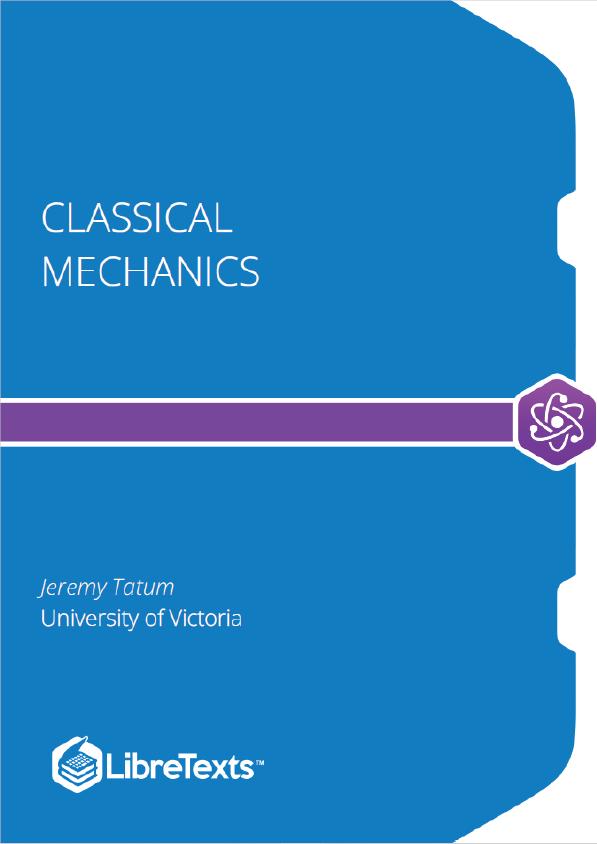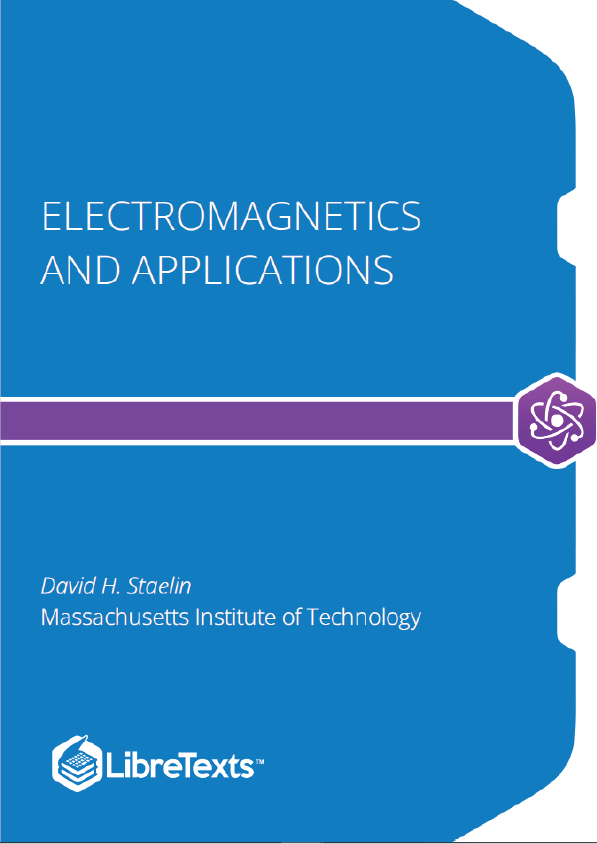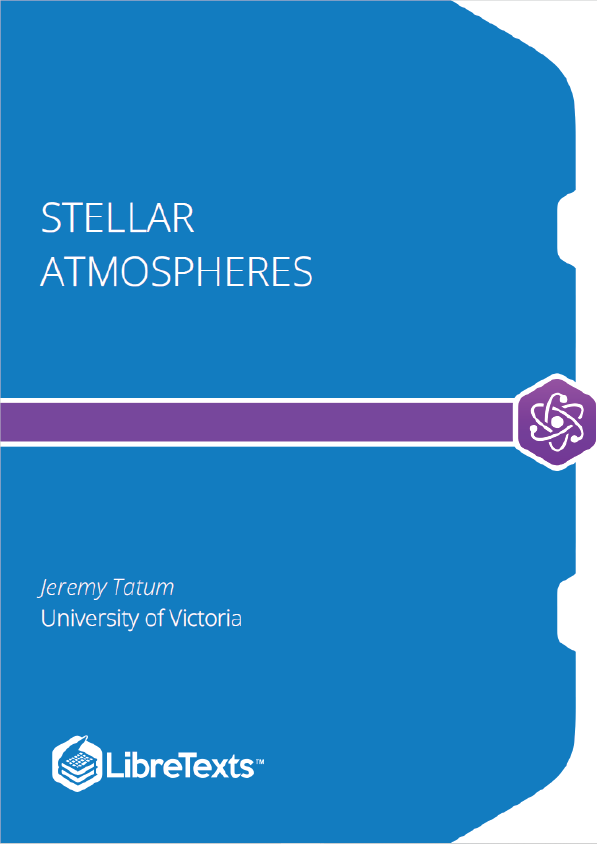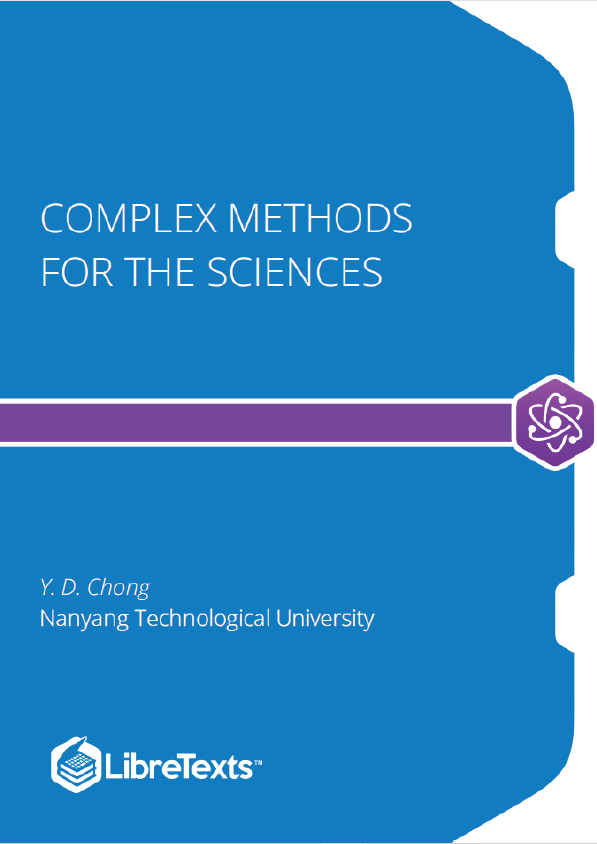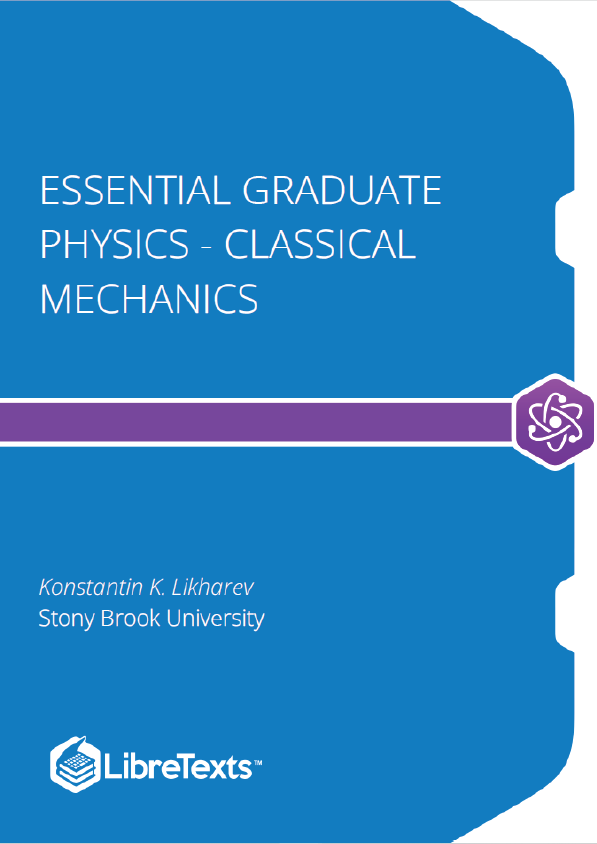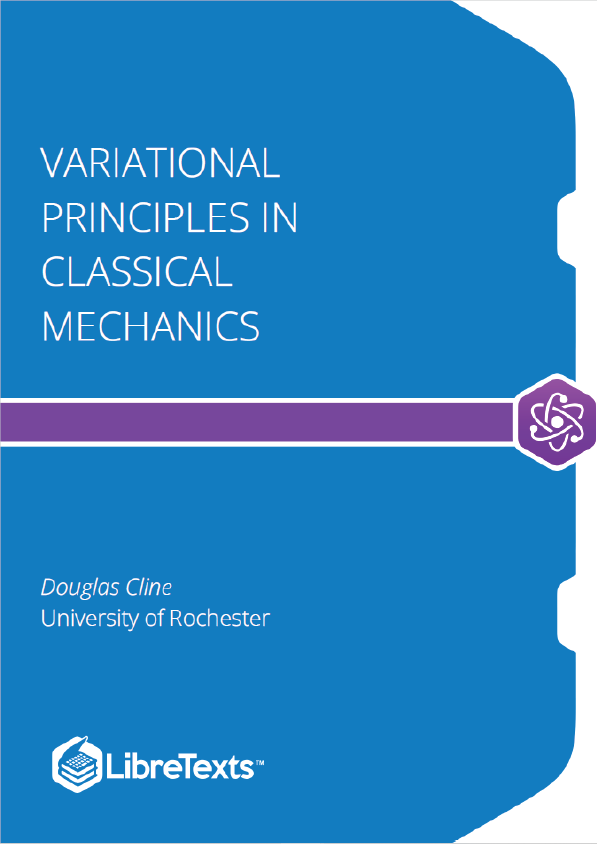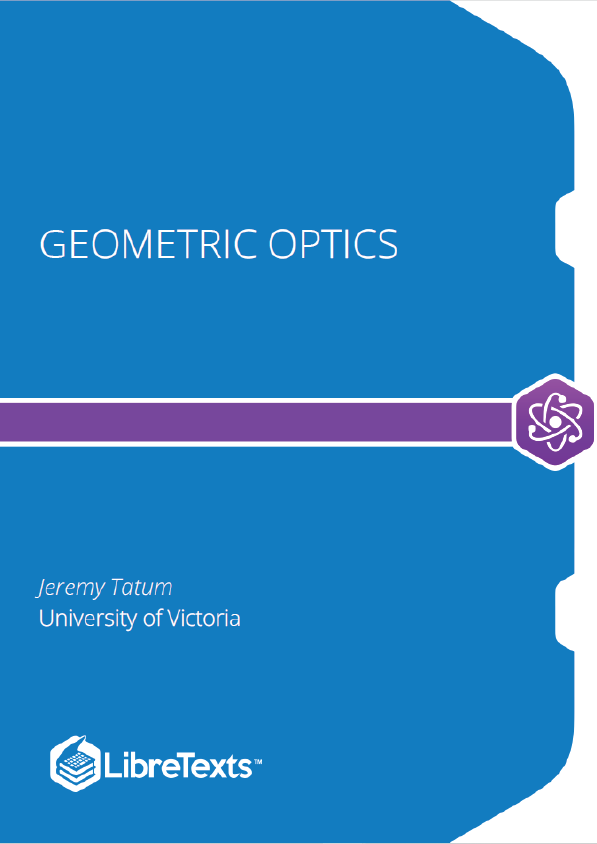This is an open-access textbook for calculus-based introductory physics courses. The textbook is specifically intended for a flipped classroom approach, wherein students complete readings at home and the material is then discussed in class. The textbook thus contains questions and activities to engage readers. This text also includes a curriculum in experimental physics, detailing the scientific method and process, suggesting experiments to perform at home and in the lab, and has chapters that cover: writing and reviewing proposals, writing and reviewing reports, analyzing data, as well as an introduction to python. Finally, this textbook was written with many contributions from students! We hope that you may find it useful, and we are interested to know if you are using it!
Science and the Scientific Method
Science is the process of describing the world around us. It is important to note that describing the world around us is not the same as explaining the world around us. Science aims to answer the question “How?” and not the question “Why?”. As we develop our description of the physical world, you should remember this important distinction and resist the urge to ask “Why?”.
The Scientific Method is a prescription for coming up with a description of the physical world that anyone can challenge and improve through performing experiments. If we come up with a description that can describe many observations, or the outcome of many different experiments, then we usually call that description a “Scientific Theory”. We can get some insight into the Scientific Method through a simple example.
Imagine that we wish to describe how long it takes for a tennis ball to reach the ground after being released from a certain height. One way to proceed is to describe how long it takes for a tennis ball to drop 1 m, and then to describe how long it takes for a tennis ball to drop 2 m, etc. We could generate a giant table showing how long it takes a tennis ball to drop from any given height. Someone would then be able to perform an experiment to measure how long a tennis ball takes to drop from 1 m or 2 m and see if their measurement disagrees with the tabulated values. If we collected the descriptions for all possible heights, then we would effectively have a valid and testable scientific theory that describes how long it takes tennis balls to drop from any height.
Suppose that a budding scientist, let’s call her Chloë, then came along and noticed that there is a pattern in the theory that can be described much more succinctly and generally than by using a giant table.
